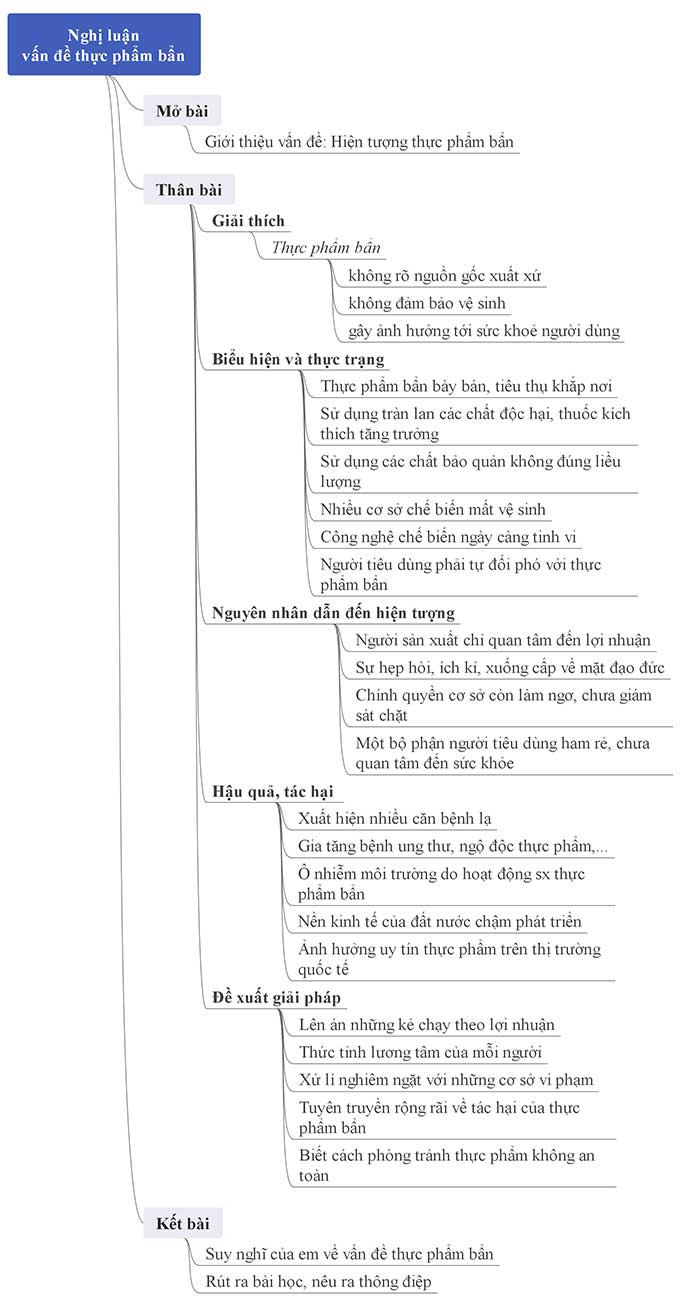In developing nations, the (1) _____ of food is the primary cause of malnutrition. Famine, drought, war, and (2) ____________ systems of food distribution contribute to the (3) ________ problem of world hunger. Many countries have little or no reserves of (4) _______ land or water: in addition, some, such as Bangladesh and other Southeast Asian nations, cannot afford to buy food from other countries. Some countries have enough resources to grow food but governmental (5) ________ of agriculture and poor policy decisions have resulted in (6) _______ diets.
In addition to (7) _______ disorders, there are certain diseases that contribute to malnutrition by (8) _______ with the body's (9) ________ or utilization of (10) ______ .
1. A. availability B. available C. inavailability D. unavailability
2. A. reliable B. unreliable C. reliant D. reliance
3. A. ongoing B. going C. outgoing D. gone
4. A. fertility B. fertilize C. fertile D. fertilized
5. A. neglectful B. neglect C. neglectfulness D. neglecting
6. A. adequate B. inadequate C. unadequate D. inadequate
7. A. dietetic B. dietary C. dietarian D. dietetics
8. A. interfering B. interfere C. interfered D. being interfered
9. A. absorptive B. absorbed C. absorption D. absorbent
10. A. nutrients B. nutrition C. nutritious D. nutritionist


In developing nations, the (1) _____ of food is the primary cause of malnutrition. Famine, drought, war, and (2) ____________ systems of food distribution contribute to the (3) ________ problem of world hunger. Many countries have little or no reserves of (4) _______ land or water: in addition, some, such as Bangladesh and other Southeast Asian nations, cannot afford to buy food from other countries. Some countries have enough resources to grow food but governmental (5) ________ of agriculture and poor policy decisions have resulted in (6) _______ diets.
In addition to (7) _______ disorders, there are certain diseases that contribute to malnutrition by (8) _______ with the body's (9) ________ or utilization of (10) ______ .
1. A. availability B. available C. inavailability D. unavailability
2. A. reliable B. unreliable C. reliant D. reliance
3. A. ongoing B. going C. outgoing D. gone
4. A. fertility B. fertilize C. fertile D. fertilized
5. A. neglectful B. neglect C. neglectfulness D. neglecting
6. A. adequate B. inadequate C. unadequate D. inadequate
7. A. dietetic B. dietary C. dietarian D. dietetics
8. A. interfering B. interfere C. interfered D. being interfered
9. A. absorptive B. absorbed C. absorption D. absorbent
10. A. nutrients B. nutrition C. nutritious D. nutritionist